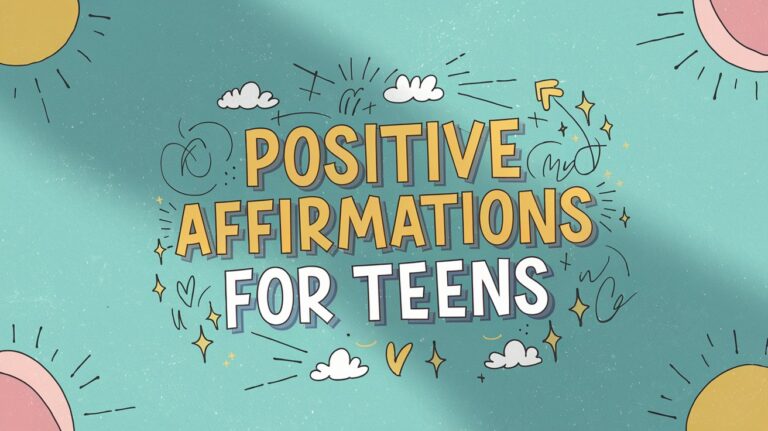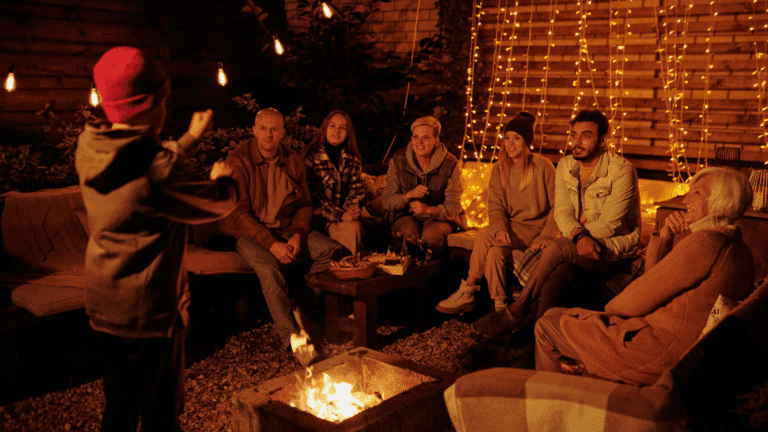Sleep training 1 year old is basically like negotiating with a tiny, adorable terrorist who has zero interest in compromise.
Every parent has that moment where they’re standing outside the nursery door at 2 AM, wondering if this is working. Their little brains are ready for routines, and they’re probably as tired of the midnight party as everyone else.
There’s this magical window where everything clicks. The tantrums start making sense, the schedules become less chaotic, and suddenly, those full nights of sleep feel achievable.
Ready to find out about strategies that work?
Can You Even Sleep Train 1-Year-Olds?

The short answer is yes, and it’s the perfect time for sleep training a 1-year-old. They are finally developmentally ready to handle independent sleep without the constant middle-of-the-night chaos.
By 12 months, most babies have developed the neurological capacity to sleep through the night without needing those middle-of-the-night snacks. Their circadian rhythms are finally getting in sync.
One-year-olds are also developmentally ready to understand routines and boundaries. They no longer need constant attention, but they’re also not quite at the toddler stage where they can negotiate their way out of bedtime.
The key is that their sleep patterns are becoming more predictable. Most one-year-olds naturally want to sleep for longer stretches, so sleep training is essentially helping them learn how to do it independently.
Plus, by this age, parents are usually desperate enough to commit to whatever method they choose. Consistency is crucial for success.
Pros and Cons of Sleep Training
Before undertaking any method, it’s worth understanding what you’re getting into.
The reality is that sleep training 1 year old has legitimate benefits and some genuinely challenging aspects that every family needs to consider.
| Pros | Cons |
|---|---|
| Everyone gets better sleep | The crying can be intense |
| Improved daytime behavior | Requires serious commitment |
| Better family dynamics | Not all babies respond the same way |
| Encourages independence | Can feel unnatural initially |
| Predictable schedule | Temporary regression is possible |
| Improved parental mental health | Other parents might have opinions about methods |
Sleep Training Methods That Have Stood the Test of Time

These approaches have been helping families for decades because they work when implemented consistently.
Each method has its vibe and timeline, so choosing the right fit depends on the family’s comfort level and the baby’s temperament.
The Ferber Method
This method involves putting the baby down awake and checking on them at increasing intervals. It’s probably the most well-known approach and has been helping families for decades.
The structure provides comfort for parents while still teaching independence.
- Why it works: This approach provides babies with opportunities to learn self-soothing while offering parental reassurance at planned intervals.
- How to do it: Put the baby down awake, leave the room, and return at 3-minute intervals the first night, gradually increasing the time between checks.
- What to avoid: Don’t pick up the baby during check-ins, don’t give up after one difficult night, and don’t use inconsistent timing.
The Chair Method
Parents start by sitting next to the crib and gradually move the chair farther away each night until they’re outside the room.
This method feels gentler because there’s a constant presence initially. It takes longer, but it feels more natural for families who struggle with crying.
- Why it works: It provides security through parental presence while slowly building independence and confidence.
- How to do it: Start with the chair next to the crib and move it several feet away every few nights until outside the room.
- What to avoid: Don’t interact or make eye contact from the chair. Don’t move the chair back if the baby protests, and avoid rushing the timeline.
The Extinction Method (Cry It Out)
This approach of sleep training 1 year old involves putting the baby down awake and not returning until morning. It’s the most controversial but often the fastest method.
Many families swear by its effectiveness, though it requires nerves of steel initially.
- Why it works: It eliminates mixed signals, allowing babies to develop self-soothing skills without interference.
- How to do it: Complete bedtime routine, put the baby down awake, leave the room, and don’t return until morning.
- What to avoid: Don’t go back in during the night, don’t attempt if parents can’t fully commit, and don’t use during illness or significant changes.
The Pick-Up/Put-Down Method
This gentler approach involves picking up the baby when they cry, soothing them, and then putting them back down when they are awake.
It’s repeated until the baby falls asleep independently. This method takes patience but feels more responsive to the baby’s needs.
- Why it works: It provides immediate comfort while still teaching independent sleep skills through repetition.
- How to do it: Pick up crying baby, soothe until calm, put down awake, repeat cycle as needed
- What to avoid: Don’t let the baby fall asleep while being held. Don’t give up after a few attempts. Don’t use it if the baby becomes more agitated with handling.
The No-Tears Method
This approach focuses on gradually shifting habits without letting the baby cry.
It involves tweaking routines, adjusting timing, and making small changes over time. It’s the slowest method, but it appeals to parents who want to avoid tears altogether.
- Why it works: It builds on natural sleep patterns and makes incremental changes that feel less disruptive.
- How to do it: Identify sleep associations, gradually reduce dependency on props, and adjust bedtime routine elements slowly.
- What to avoid: Don’t expect quick results, don’t make multiple changes simultaneously, and don’t abandon consistency.
Key Considerations to Undertake While Sleep Training 1 Year Old
These are the non-negotiable factors that can make or break any sleep training 1 year old attempt. Getting these details right often determines whether families see success in days or struggle for weeks.
- Perfect timing and preparation: Start when your child is healthy, with no upcoming travel or big changes. Set up a dark room with white noise and a comfortable temperature before beginning.
- Team consistency: All caregivers must follow the same approach every night. Get your partner and any other helpers on board with the plan before starting.
- Realistic timeline and patience: Expect 3-7 nights for real improvement, though some babies need longer. Stick with your chosen method instead of switching halfway through.
- Strategic focus: Train nighttime sleep first, then tackle naps later. Have backup plans ready for regressions and growth spurts.
- Individual approach: Remember that each baby responds differently. What worked for your friend’s child might not work for yours, and that’s completely normal.
Final Thoughts
Sleep training 1 year old isn’t just about getting everyone more rest; it’s about setting up healthy sleep habits that benefit the whole family.
The methods that have stood the test of time work because they’re based on understanding how babies naturally develop sleep skills. The key is to choose an approach that aligns with family values and stick with it consistently.
Every baby is different, and what works for one family might not work for another. The goal isn’t perfection – it’s progress toward developing independent sleep skills that benefit everyone.
With patience, consistency, and the correct method of sleep training, those full nights of sleep are achievable.


















